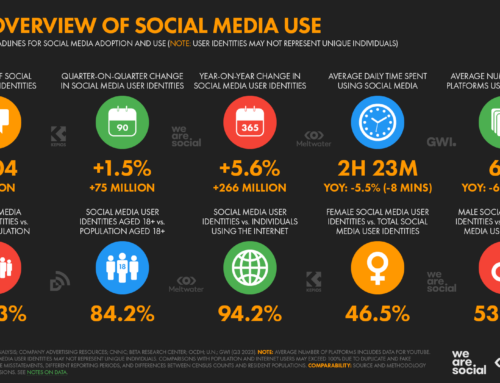I planned to live blog from the Nonprofit Technology Conference today, but the Hilton was obviously not prepared to host a tech conference, because the wireless was down most of the day. No wireless, no live blogging. So, instead, I’m going to post a few summaries here.
This morning, Clay Shirky, author of “Here Comes Everybody” presented a great session that he summed up in five words: “Group action just got easier.” Of course, he’s talking about social media. What do nonprofits need to know about social media and how to approach it?
Social media is a profound change in the way people get information and what they do with it. Here are a few of my favorite take-aways from the session:
–With sharing on social media, “a problem solved by one person is now solved for thousands of people.”
–People can organize without having an organization. And they don’t need your org’s permission to organize around something related to your organization.
–Small groups of people are in the middle of the largest collaborations – used Wikipedia as the example. Looks like tons of contributors, but actually a small number of people are doing an overwhelming amount of the work on any particular page.
–You can now put together a group that isn’t just listening but that can talk back and to each other. Many-to-many pattern, PLUS the media-to-many pattern. It is as if when you buy a book, they ask if you want them to throw in a printing press for free.
–Social media is free-loader tolerant – unlike most in-person groups.
–The meaning of tools is much less influenced by the designers than we are used to.
–Flash mobs – social media is not just a source of information, but of action. Flash mobs started as a way to mock the participants and now it is a real tool for organizing with an enormous variety of uses – users control what happens with social tools, not the designers. Take twitter – who cares what you are eating, but look how people are using it now!
–“Things get socially interesting when they get technologically boring.”
–You matter if you can find a way to create value. Big opportunity is in the convening power and letting people discover people. But also need to learn how to make that staying power. Need that continuity. Not something institutions are doing well now.
–“Failure for free” and “fail informatively” – this is the attitude that organizations need to approach social media with. Try it. Need lots and lots of experimentation to make sure that we get something good out of it.
–Some mystery in what will take off and what won’t. No secret sauce to making convening power work. Go where your people are now. Do searches on own names, but exclude results from your own sites – easier to see everything else. Don’t hire consultants, hire your own 23-year-olds.
–This is not about technology change, but culture change.
–Most important things not yet known about social media? Role of emotion is going to be a huge part of the story in the next year. As media moves along social rather than broadcast channels, the media landscape will be driven by the emotional – look what’s happening with the swine flu example.
–When things speed up, we are good at feeling fast, but not thinking fast. May lead to more informed and engaged population, but also more hysteria. The emotional substrate is going to rise. People get caught up in moment, and actually really don’t know what they are talking about. What is obvious is the speed. Measuring in minutes or hours now.
More session notes coming soon!






